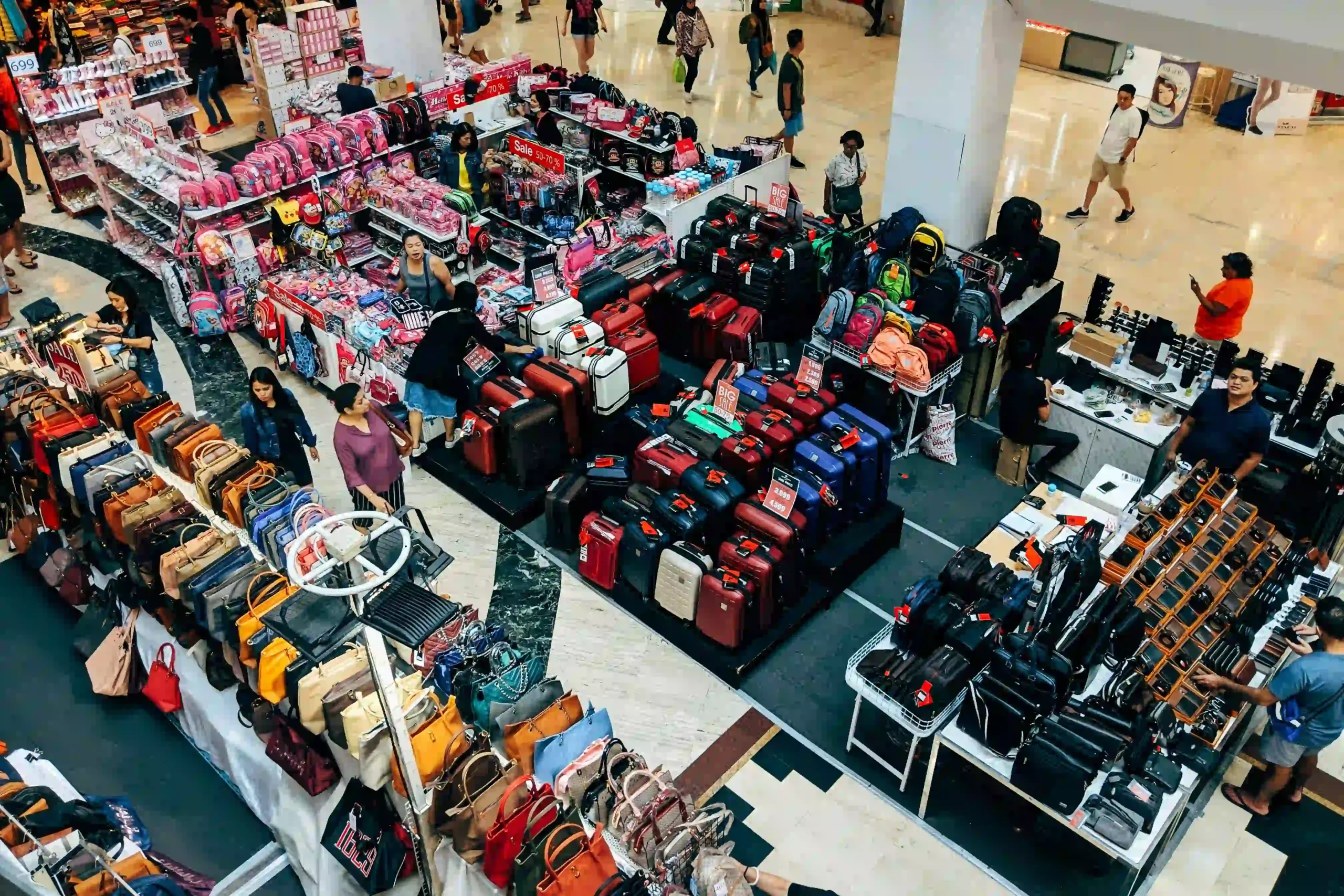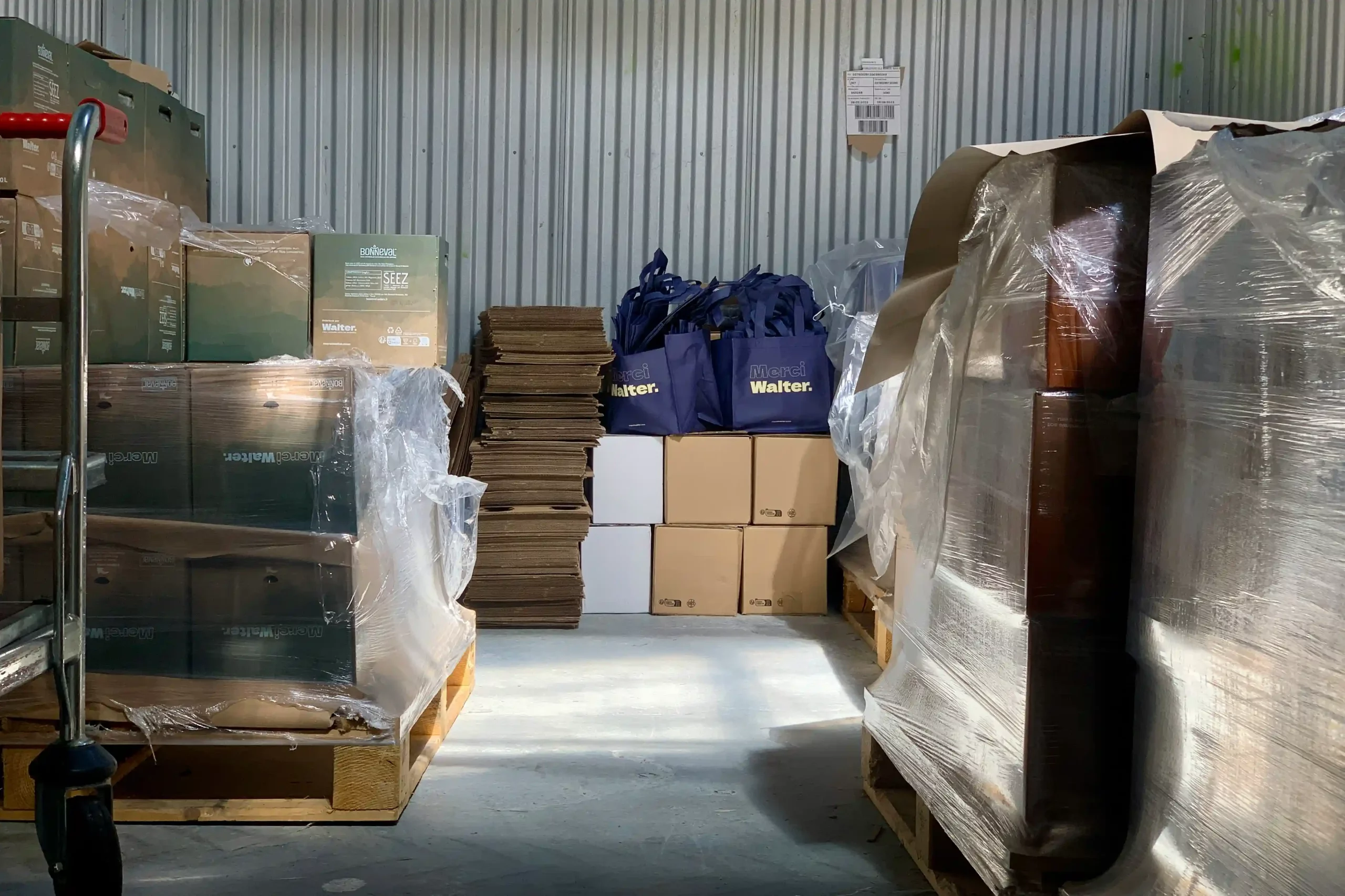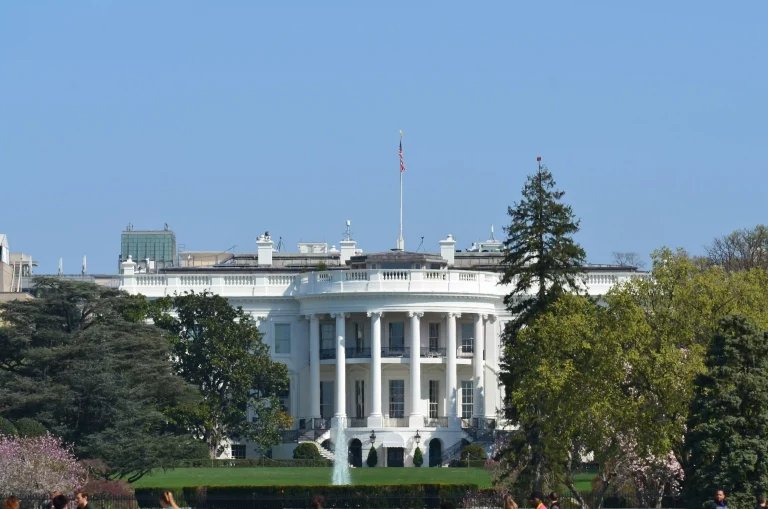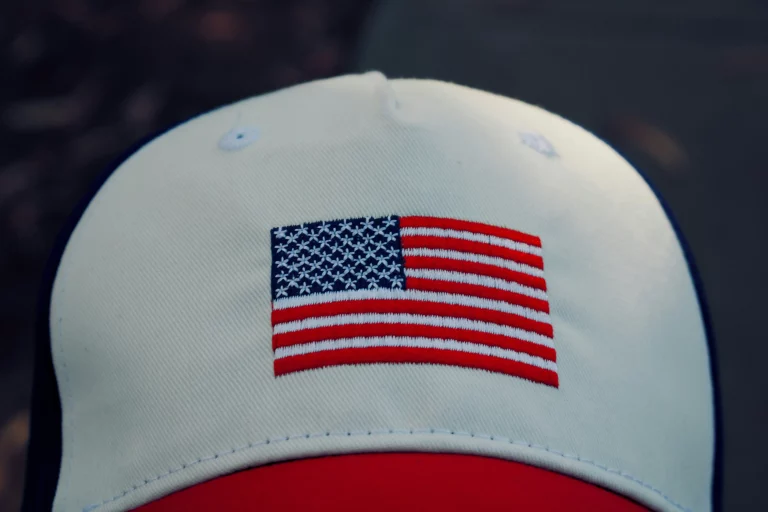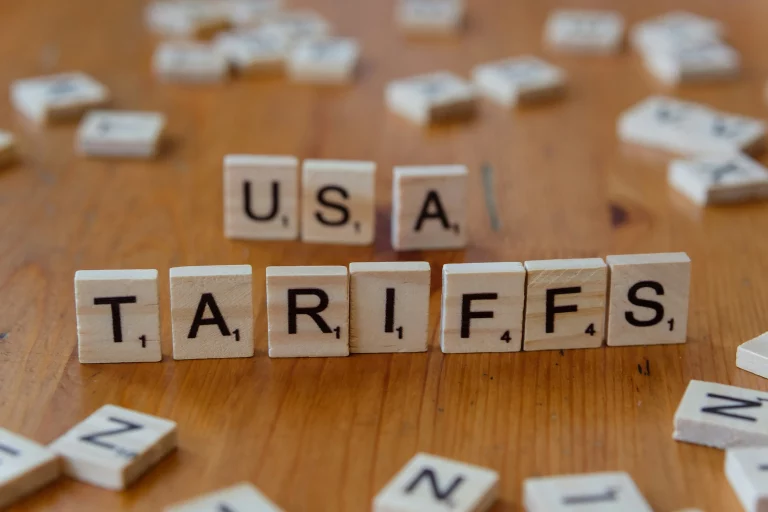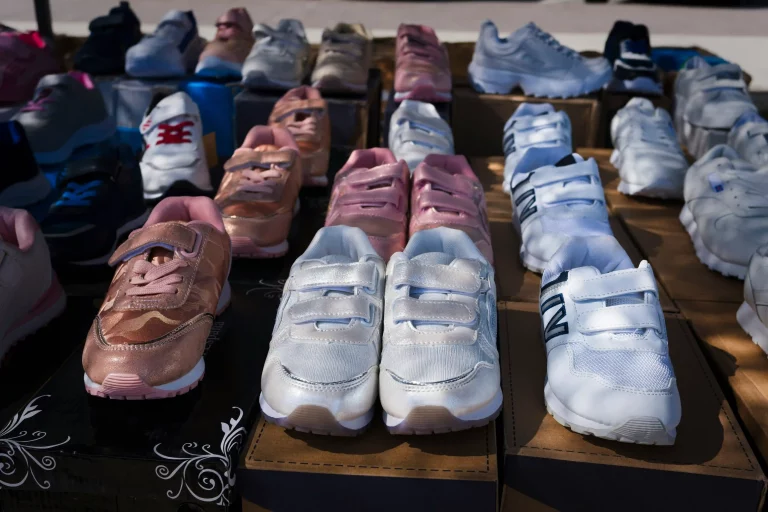As worldwide trade patterns evolve due to U.S. regulations, companies depending on economical sourcing from China are encountering a crucial turning point. With President Donald Trump’s administration rolling out reciprocal tariffs, the realm of global procurement is experiencing a significant overhaul. These duties, crafted to balance opportunities for American producers, have ignited discussions about the durability of budget-friendly sourcing from China—a vital pillar of many firms’ supply networks. Procurement specialists, and entrepreneurs, grasping the effects of these measures is essential to remaining competitive.
In this article, we’ll examine how Trump’s tariff approach is altering the cost-value balance of sourcing from China. We’ll discuss its long-term feasibility and provide suggestions for adjusting to this fresh reality. Let’s delve into the specifics and determine if affordable sourcing from China is genuinely approaching its conclusion.
The Rise of Reciprocal Tariffs: What’s Changing?
Donald Trump’s tariff plan relies on the idea of fairness—applying taxes on imported items to mirror the duties other nations impose on U.S. exports. This tactic seeks to shield local industries, shrink trade gaps, and boost production within the U.S. Since 2018, taxes on Chinese products have surged. Rates now vary from 10% to 25% on vast amounts of imports, such as electronics, fabrics, and equipment.
Why Tariffs Matter to Sourcing Agents
For companies utilizing sourcing agent services under Trump’s reciprocal tariffs, the direct consequence is evident: elevated expenses. Sourcing agents, who serve as go-betweens for buyers and Chinese vendors, now confront heightened costs that cascade across the supply chain. These tariffs influence the final price of goods—which includes the item’s cost, shipping, and taxes—rendering “inexpensive” sourcing less achievable.
- Rising Expenses: An item previously obtained for $10 might now demand $12.50 or more after tariffs.
- Altered Talks: Sourcing agents need to haggle with vendors to counter tariff pressures, but success is often scarce.
- Unstable Markets: Varying tariff levels breed uncertainty, which muddies future planning.
The key issue is this: Do these shifts mark a lasting change or just a brief obstacle for affordable sourcing?
The Economics of Sourcing from China Under Tariffs
China has long been the prime spot for cost-effective manufacturing, thanks to its modest labor rates, extensive vendor networks, and large-scale efficiency. Yet, Trump’s tariffs undermine this system by chipping away at the price edge that firms have depended on.
Cost Breakdown: Before and After Tariffs
To show the effect, let’s look at a sample case of sourcing an electronic gadget for consumers:
| Cost Element | Pre-Tariff ($) | Post-Tariff ($) |
| Production Cost | 8.00 | 8.00 |
| Transport | 1.50 | 1.50 |
| Tariff (25%) | 0.00 | 2.00 |
| Total Final Cost | 9.50 | 11.50 |
This 21% jump in final cost pushes companies to decide. They can absorb the extra expense, raise prices for buyers, or overhaul their sourcing methods completely.
Can Low-Cost Sourcing Endure?
The future of economical sourcing depends on various elements:
- Vendor Adaptability: Certain Chinese producers might cut prices to keep customers. However, their profit edges are already slim.
- Buyer Acceptance: Elevated store prices could reduce demand. This pressures firms to seek other options.
- Worldwide Rivals: Nations like Vietnam and India are stepping up as practical sourcing spots. Still, they don’t match China’s infrastructure breadth.
Although tariffs don’t erase China’s place in global commerce, they notably diminish its status as the top choice for budget production.
Adapting to the Tariff Era: Strategies for Businesses
For firms tied to sourcing from China, adjustment is vital. The era of depending only on China for ultra-cheap products might be waning. Nonetheless, clever tactics can soften the blow of Trump’s reciprocal tariffs.
Diversifying Supply Chains
A highly effective solution is variety. By distributing sourcing across different nations, companies lessen their risk from U.S.-China trade friction. For example:
- Vietnam: Provides reasonable labor rates and expanding production skills.
- India: Features a sizable workforce and beneficial trade deals with the U.S.
- Mexico: Its closeness to the U.S. trims transport costs and taps into USMCA perks.
Sourcing agents are critical here. They pinpoint dependable vendors in these areas. Check out our supplier management services to discover how we can assist with diversification.
Leveraging Sourcing Agent Services Under Trump’s Tariffs
Skilled sourcing agents are increasingly vital. They tackle tariff challenges, bargain with vendors, and streamline logistics to hold costs down. Offerings like business team customization let firms shape their sourcing plans to fit unique demands. This ensures efficiency despite growing tariffs.
Rethinking Product Design
Another method is tweaking products to dodge taxed groups. For instance, using untaxed materials or assembling items locally can bypass duties. This demands tight teamwork with sourcing allies to preserve quality and affordability.
Holyale: Your Trusted China Sourcing Agent
During these shifts, teaming up with a seasoned sourcing agent can be a game-changer. Holyale, located in Yiwu and Guangzhou—two of China’s leading wholesale centers—excels at linking global purchasers with elite vendors. With expertise in procurement, vendor checks, and logistics, Holyale aids companies in managing the intricacies of sourcing from China, even amid Trump’s tariff rules. Whether you’re after budget-friendly answers or scouting new regions, Holyale’s know-how keeps you ahead. Visit Holy homepage to find out how we can bolster your sourcing efforts.
FAQs: Navigating Sourcing Under Trump’s Tariffs
Q1. How do Trump’s reciprocal tariffs affect sourcing agent services?
A1. Reciprocal tariffs raise the price of goods shipped from China. This pushes sourcing agent services under Trump’s reciprocal tariffs to adjust. They seek cost-cutting steps, renegotiate vendor deals, or explore other regions.
Q2. Can businesses still source economically from China?
A2. It’s tougher now, but affordable sourcing isn’t impossible. Strategic vendor talks, tariff waivers, or moving to cheaper zones in China can help. Yet, the overall price advantage is shrinking.
Q3. What options exist beyond sourcing from China under tariffs?
A3. Places like Vietnam, India, and Mexico offer solid alternatives with lower or no tariffs. However, they may not match China’s scale or setup. Sourcing agents can guide you to the best choices.
Q4. How can sourcing agent services ease tariff burdens?
A4. Sourcing agents refine supply networks, secure better rates, and handle logistics smoothly. This cuts the financial strain of tariffs while keeping quality and schedules intact.
The Future of Sourcing: A Balanced Perspective
Trump’s tariff plan clearly rattles the age of dirt-cheap sourcing from China. But it’s not the final chapter. Firms that adapt—via diversification, sharper sourcing alliances, and creative cost control—can still prosper. The staying power of economical sourcing rests on how businesses tackle these hurdles. They must weigh quick fixes against lasting strength.
For some, tariffs hint at a return to homegrown production. For others, they spark a drive to tap unexplored global markets. The truth probably blends both. It mixes China’s strengths with new possibilities elsewhere. See our case studies for real-life tales of how firms are handling this change.
Take Action: Secure Your Sourcing Strategy Today
The tariff scene is shifting fast. Staying ahead calls for active steps. Whether you’re rethinking your supply network or seeking expert advice, the moment to move is now. Join forces with a top-notch sourcing agent to sharpen your procurement process and protect your profits. Visit our top China sourcing agent page to explore custom solutions. Or dive into our shipping and distribution services to boost your logistics. Don’t let tariffs steer your path—grab control of your sourcing future today!


